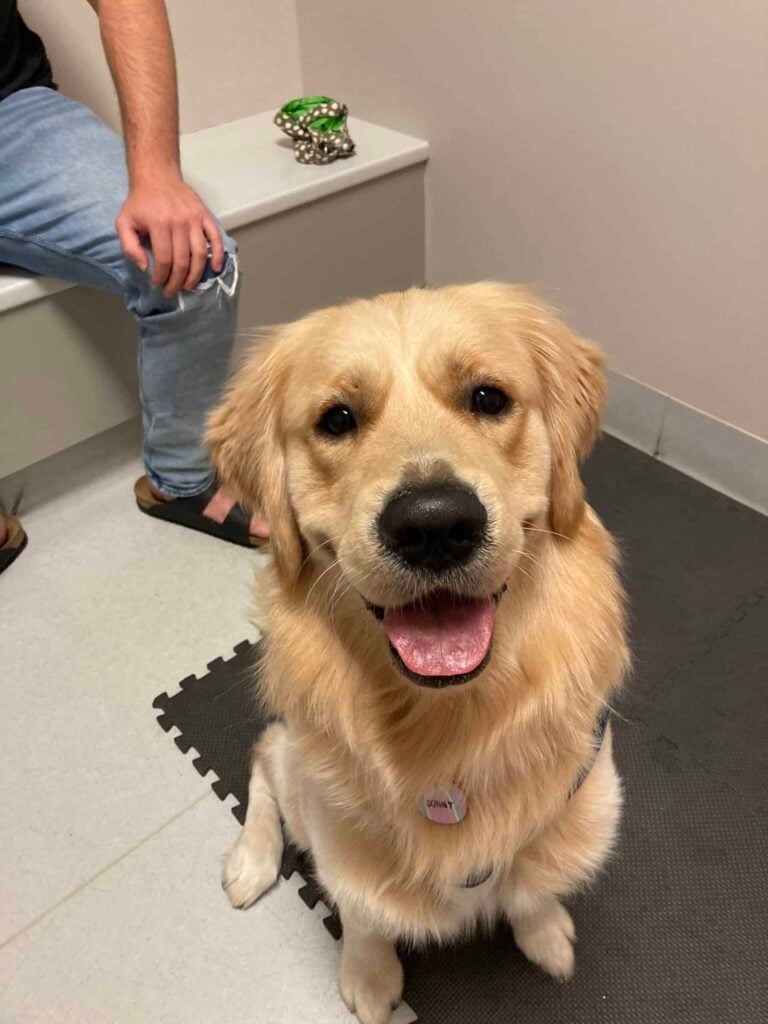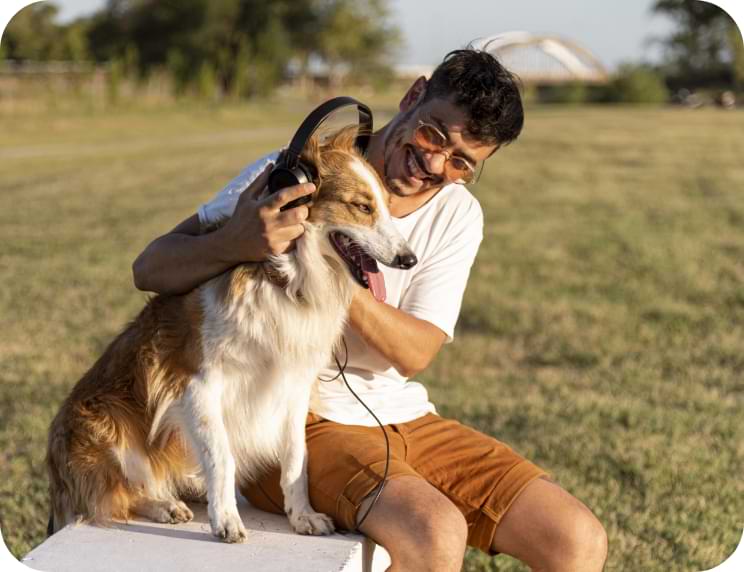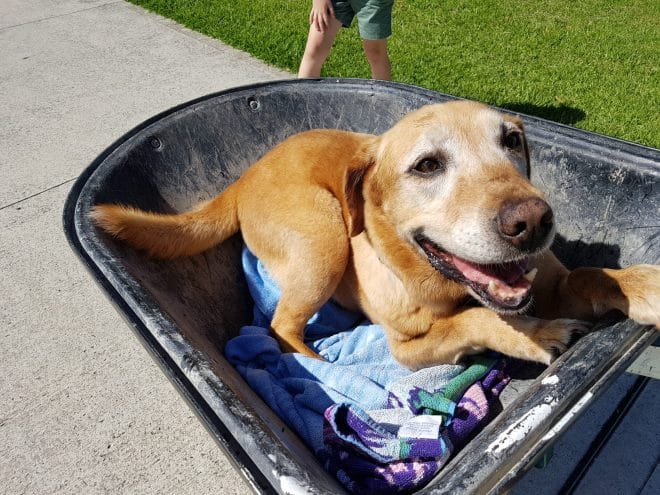One of the most common things that pet owners may say to a veterinary professional is ‘ my dog is limping but he doesn’t seem to be in pain.’
So why does a dog limp?
Nearly always, the reason a dog limps, is that there is something not quite right.
Limping is a way for a dog to ‘offload’ or weight shift away from a sore joint or limb.
You can notice very subtle weight shifting when a dog may stand with one leg held slightly away from the body, to the side.
You may notice that your pet doesn’t sit straight, or perhaps they always lie down on one side.
Limping can be intermittent, but certain conditions become more obvious after rest or after exercise. For example, if your pet is limping because of arthritis, you might notice that they limp first thing in the morning during the colder months.
Other dogs may limp towards the end of a walk or after running at the beach.
In short, limping is a really important clue that something is wrong.
My best advice is not to ignore it.
Get your pet checked by a vet.
So what’s next…and what to expect at the vets.
The approach of your veterinary professional will depend on what they find on examination.
Sometimes your vet might suggest a conservative approach, including wait and watch, or perhaps there may be some pain relief for your pet to take and a prescription of rest.
If your vet identifies something more concerning, they may suggest X-rays and examination under anaesthetic to further define your dog’s problem.
Then based on the working diagnosis, your vet may suggest surgery or pain management options as before.
Here’s how a Rehabilitation Veterinarian is slightly different.
A veterinarian trained in rehabilitation techniques will look at the problem, just like a vet with a traditional orthopaedic background would. But then they will also look at how your pet is compensating for the injury, where they might be putting additional stressors on their body and how best to strengthen your pet in their weak spots, to stay strong and active.
A rehabilitation veterinarian looks at the whole patient and plans their recovery, incorporating the injury, the compensatory mechanisms and supporting structures. A rehab vet will be utilising a range of techniques, and strategies – some traditional, and some that fit within the realm of physiotherapy, occupational therapy, exercise physiology, regenerative medicine and laser therapy.
If you are looking for an approach that stretches beyond surgery or pain relief to the restoration of normal, perhaps it’s time to contact us.
Head over to our contact page and tell us how we can help you.





